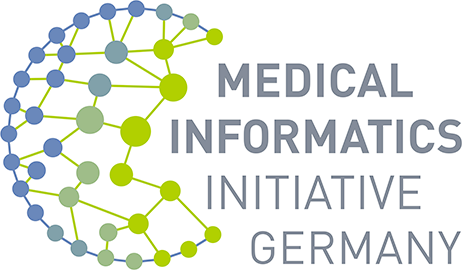13/06/2024. The group at the Technical University of Munich utilizes NLP to analyze clinical texts and extract information for AI-based applications. Their focus is on developing NLP methods for non-English languages to meet the demand in Germany and quickly transfer the results to other locations. In hospitals, the majority of documentation is still done in text form. To convert these data into a structured form, the group combines techniques and knowledge from medicine, computer science and (computational) linguistics.
What do you enjoy most as a JRG leader?
Luise Modersohn: "In my opinion the combination of teaching and research is really enjoyable. Discussing new ideas and to experience new perspectives is a lot of fun."
What specific interest motivated you to become part of a JRG?
Justin Hofenbitzer: "As a computational linguist, I am fascinated by the formalization and computational implementation of language and its processing in general. I was particularly attracted by two outstanding features of the JRG: German clinical language processing is a field of research with high societal relevance and great potential. The interdisciplinary composition of the team helps me to broaden my perspective on many topics."
How would you describe your work to someone who is not familiar with medical informatics?
Suteera Seeha: "I work on developing tools that help hospitals automate the management and analysis of medical documents. I use a technique called NLP, which can extract important information from medical texts such as doctors' letters and patient records and automatically identify important details such as symptoms and diagnoses."
What has been the most exciting result for you so far?
Dr. Claudio Benzoni: "Recently, I realised that the use of generative AI in the German clinical context is still in its infancy. This field is attracting significant attention, offering numerous opportunities for taking new directions and making improvements. These advancements could be greatly enhanced by brave leadership and strong collaborations."


